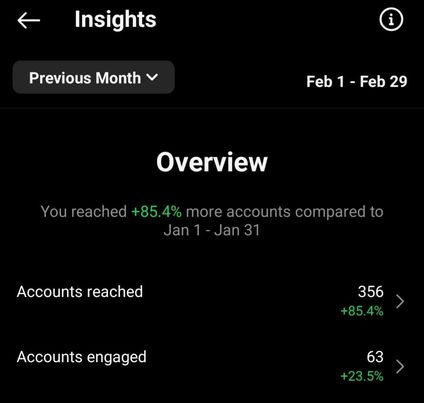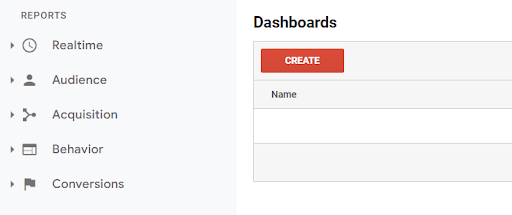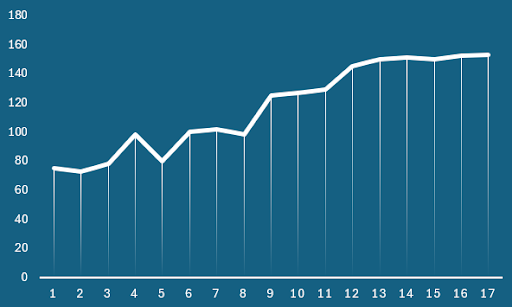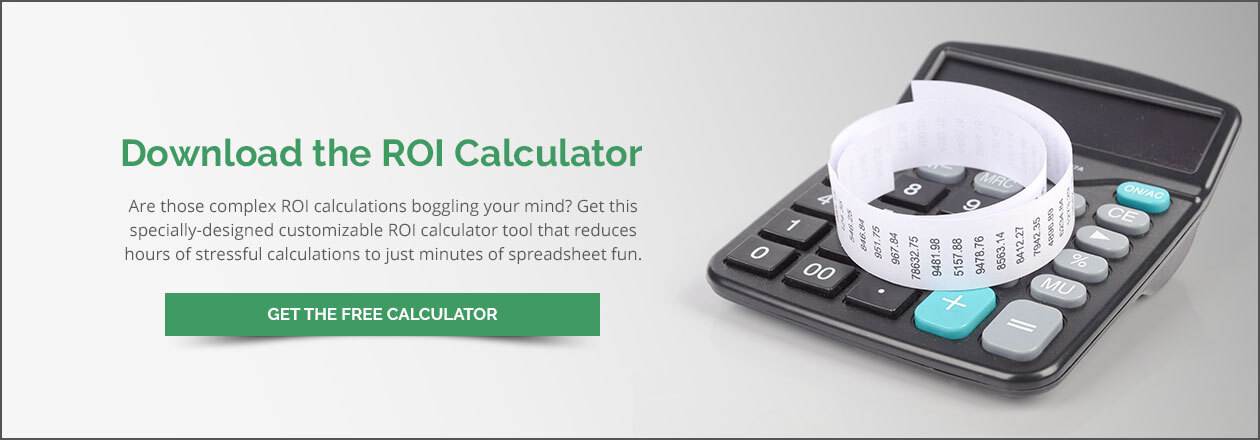Crafting Clarity with Effective Marketing Reporting
Data analytics and marketing go hand-in-hand today, making marketing reporting a key function for any digital agency. These reports fuel data-backed decisions that can help you continuously improve marketing campaigns and drive positive results for your agency and clients.
Are those complex ROI calculations causing mind-boggling confusion? DOWNLOAD your free ROI calculator today.
Strong marketing reporting capabilities also make it possible to demonstrate the value of your efforts for clients. When you can show proof of progress via analytics, you may get more buy-in from clients, leading to increased agency revenues.
What is marketing reporting?
Marketing reporting is a comprehensive process that includes collecting and analyzing data related to marketing activities and presenting that information in a clear, actionable way for stakeholders. Those stakeholders can include marketing teams and leadership, business leadership, or clients.
Even digital agency startups in early growth stages should invest in marketing reporting, as these tools help you measure the effectiveness of your initiatives and identify areas where you might improve.
What should a marketing report include?
For optimal positive impact on your digital marketing strategy, marketing reporting must be comprehensive. Some components of good marketing reports include:
- Campaign performance metrics. Create a picture of the strengths and weaknesses of a campaign with visual elements that demonstrate key performance indicators. Compare the current performance of the campaign to benchmarks, such as agency average campaign performance or the performance of the specific campaign over a previous period.
- Audience insights. Highlight information about the campaign audience, such as when they are engaging or what types of behavior is common. For example, if a landing page is driving newsletter signups but no clicks on the service offer, the offer may need to be reworked.
- ROI analysis. Ensure that marketing reports make it possible to verify efforts are driving value.
A holistic view of marketing efforts requires quantitative and qualitative information. Marketing reports shouldn’t simply be a spreadsheet full of numbers.
Types of marketing reporting
To manage your lead generation strategy, you may need more than one type of marketing report. Each type of report discussed below focuses on a specific channel or effort, and you can optimize the report itself to tell specific stories about how that particular channel performs for you or your clients.
Social media reporting
Social media platforms such as Instagram and Facebook provide in-platform insight tools for measuring some performance metrics. However, these are not comprehensive or customizable, and they require you to log into each platform and account to review results.
A social media marketing report pulls all of this data—and more information—into a single dashboard or report, so you can review performance at a glance. Information relevant to this type of report can include engagement metrics, such as shares, likes, comments, and saves, as well as conversion metrics, such as click-through rates.
PPC ad campaign reporting
As PPC ad campaigns can be tweaked constantly for ongoing improvement, reporting is critical. A holistic PPC report includes ad-specific information such as click-through rates and cost per click. However, it should go beyond those obvious metrics to present a story about how effectively the ad campaign finds and converts the right users.
For example, a PPC marketing report that includes information about how long visitors stay on page or site once they click or whether they ultimately follow the CTA on the related landing page helps you understand the true worth of your campaigns.
Search engine optimization reporting
SEO reporting helps you understand if the work you’re doing on and off your site has a positive impact on how your pages perform in the search results. Regular or local SEO reporting should include data such as:
- Overall site ranking metrics. Understanding domain authority and other big picture SEO metrics can help you know if you’re moving the needle well with your SEO campaigns.
- Page and site traffic. The end goal of SEO is typically to drive more organic page visits.
- Visitor engagement. It’s not enough to win the click. Metrics such as bounce rate, time on page, and click-through rate help you understand if you’re winning the click from the right searchers.
Website analytics reporting
Website analytics reports overlap with SEO reports, as they can both include information about page visits and consumer behavior on page. But analytics reports can also help you understand incoming traffic from other channels and whether your page is functioning well.
Email marketing reporting
Email marketing reports help you understand whether your subscribers are engaging with your messages and what return you get for these efforts. Include metrics such as:
- Open rates. How many people are opening your email? Strong open rates tend to fall between 15 and 30 percent and can depend on industry.
- Deliverability rate. If your deliverability rate is low, there may have been a technical glitch with the specific email or your list may need to be cleaned up.
- Unsubscribe rate. This reflects how many people unsubscribe when they receive your email, indicating they may not be interested in your offers.
- Click-through rate. Always measure how many people are clicking through on your CTAs.
- Conversion rate. This is the measure of how many people ultimately take the end action you’re hoping for, such as making a purchase or signing up for a webinar.
Important KPIs to measure in marketing reports
Whether you’re testing out the efficacy of your new website builder, managing an ad campaign, or launching new email newsletters, some metrics should be included in all marketing reporting. They include:
- Conversion rate. How many people are taking the goal action? You can have thousands of clicks on an ad campaign and not be successful if no one makes a purchase. Your social media engagement could rock without rolling toward any sales success if likes and comments don’t turn into clicks and conversions.
- Customer acquisition cost. How much do you spend to acquire every new client, and is it reasonable given the cost of your services and profit margins?
- Return on ad spend. Use ROAS calculation to understand if you are getting a return on your ad spend.
- Customer lifetime value. Track client metrics to understand total customer lifetime value—and whether it’s worth the acquisition cost.
How to create a marketing report
Take charge of your agency ownership with marketing reports that help you understand the performance of your own marketing efforts and the work you do for clients.
1. Identify the data you need
Define goals for marketing. Assign metrics to goals to help you know when you succeed. If your goal is brand awareness, engagement, SEO, and traffic metrics are important. If your goal is more revenue, conversion rates are critical.
2. Collect data to support your report
Data collection is a must-have agency skill, but luckily you can use technical tools to help fuel your digital marketing report. Ensure you have resources in place to capture the metrics you defined in step one. The more often you can capture these metrics, the better.
3. Clean and normalize the data
Scrub raw data so it can be analyzed. Some tasks involved in this step include:
- Deduplicating by removing duplicate information that may have been captured
- Formatting data from disparate channels so it can be analyzed together
- Identifying data errors that might need to be addressed before you can conduct any accurate analysis
Use automation tools, such as white label reporting, to help with this process, as manual data scrubbing is time-consuming and introduces opportunities for errors.
4. Analyze the data using visualization tools
Digital marketing reporting tends to offer better insights when presented via visual tools. Use charts and graphs to understand the nature of your metrics and present that information to clients.
View data in multiple formats to get a big picture understanding of marketing performance, as each type of graph or chart can uncover different information.
- Line charts help you show data trends over time
- Bar charts make it easy to compare results from various categories
- Pie charts quickly show whether one category is dominant
5. Interpret the results and make data-backed marketing decisions
The ultimate goal of digital agency reporting is to provide your team or clients with the information they need to make solid marketing decisions. Don’t get stuck in analysis paralysis—make sure you take the time to review reports, make decisions, and push changes into your marketing processes.
Marketing report template
Creating a marketing report template that your team can populate with new information when necessary speeds up the reporting process and can make it easier for clients to quickly ingest and respond to information. Consider including the following sections in your template:
- Executive summary, which provides a quick recap of the report
- Campaign overviews
- Performance metrics—make sure to include plenty of visual elements
- Audience insights
- Takeaways or recommendations
Enhance data-driven decision-making with marketing reporting
Strong marketing reporting practices ensure your team and clients have the data they need to make informed decisions about marketing and other business efforts. Use the tips above to create more effective reports that provide valuable insights for business growth.





